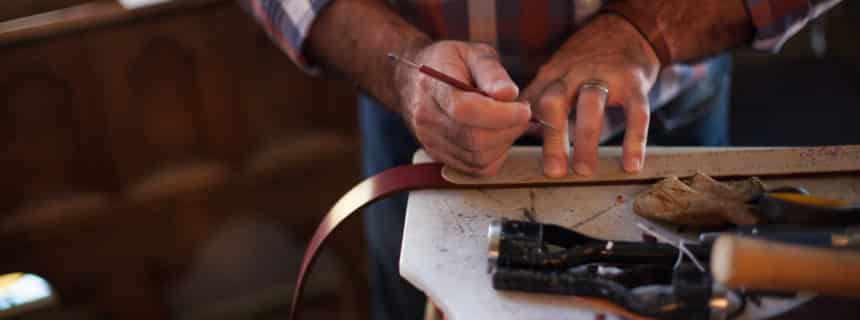
Genuine Leather Goods: a Brief History of Leather Working
Leather Working From The Dawn Of Time
Leather tanning is a craft that can be traced back to the dawn of time. Ancient civilizations in prehistoric times used animal skins to take care of their basic needs. These animal hides were used to make shelter, clothing, carpets and decorative clothing.
As early as the 1300BC, leather was being used in Egypt. Primitive tribes were also using leather in Asia, Europe and North America, and developed its use independently of each other. During this period, a very basic tanning process of rubbing animal fats was most likely used. Another process used during this period was smoking, and it was probably discovered through chance
Leather Working In The Middle Ages
Throughout the Middle Ages the leather working process improved, using techniques such as vegetable tanning. This involved using the bark of trees and plants to treat the animal hide. In Spain, during the eighth century, cordovan leather production was developed. It is an important part of leather working history as cordovan leather is an expensive and difficult leather to produce. Cordovan is generally associated with high quality genuine leather goods.
From the 14th century onwards, leather was also combined with woodworking to produce furniture, such as chairs and benches. Later, leather working would also be combined with bookbinding.
Leather Working In The Present Day – Producing Genuine Leather Goods
In the 19th century, an important discovery was made. By using chrome salts, leather workers were able to radically improve the production quality of their leather. The production process was changed from using a tanning pit to using a rotating drum. New tanning agents were also discovered. All of these developments have improved the efficiency of the tanning process from taking up to 12 months, to just a few days.
Nowadays leather is used for a variety of leather goods, such as handbags, business briefcases, travel bags and wallets.